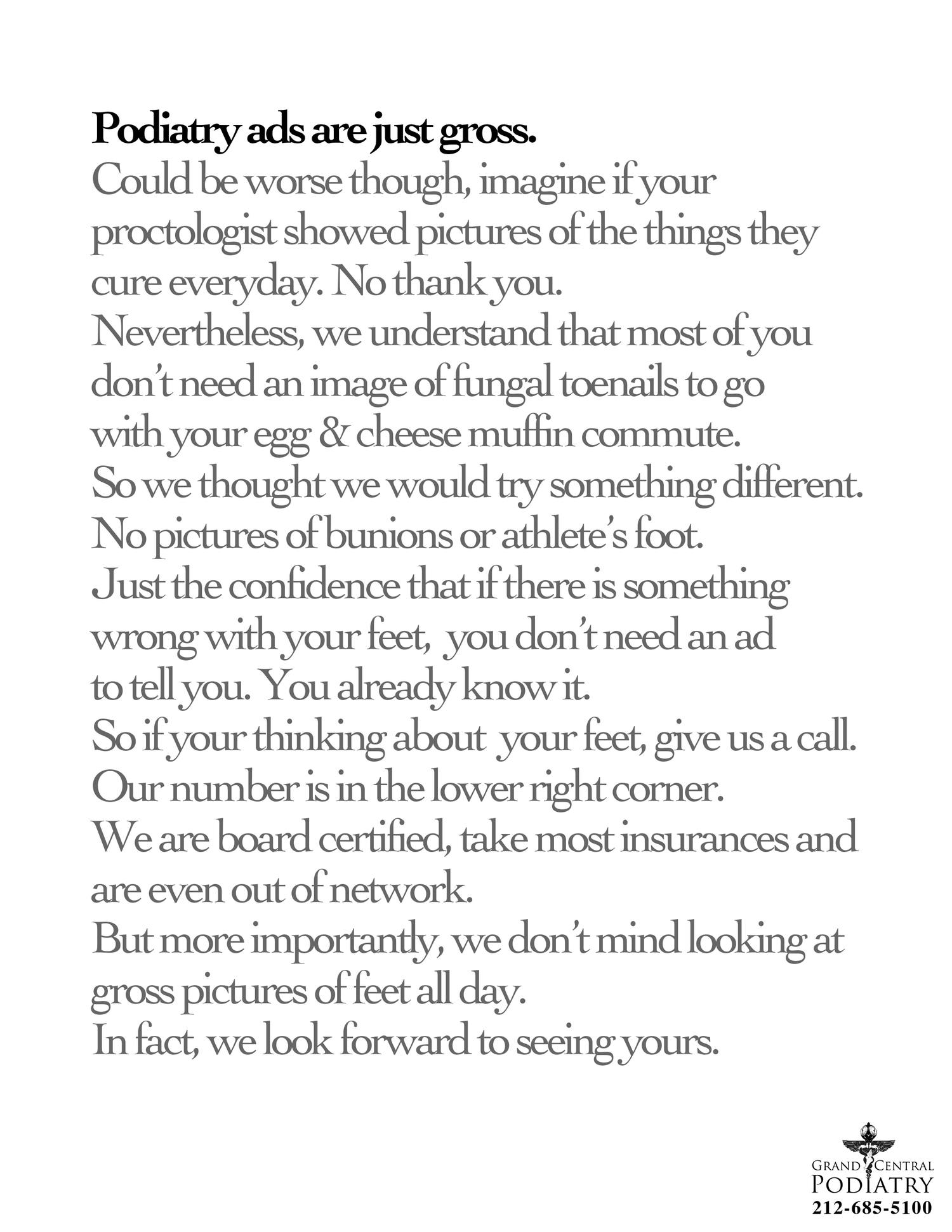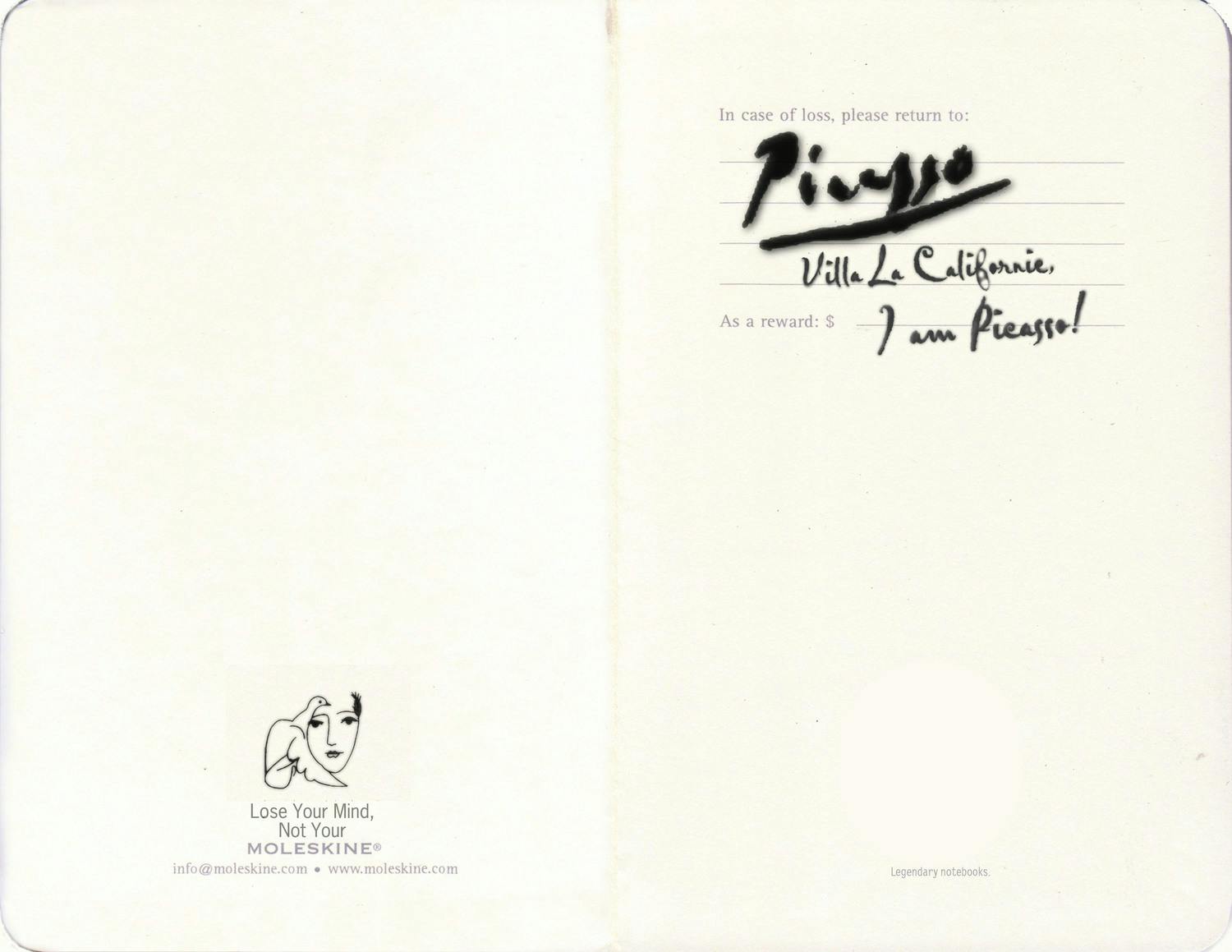
Amanda Kiefer
Illustrator
Concept Artist

I learned a lot of excellent skills in building brands that drive sales while working on the agency and creative side of the business. I've learned a lot about the art of persuasive copywriting simply by writing pretty much every day for the last 15 years. And I've learned a lot about coming up with creative ideas from some of the best mentors you can imagine. But the most valuable skills I've learned professionally so far were those I learned while running my agency for three years.
I've learned what it's like to be a client. I've earned what hiring creative people who don't deliver is like. I've learned what it's like when someone tries to sell you more than what you want. I've learned what it's like to be scared if something you paid a lot of money for will work. I've learned what it's like to try and focus on that marketing when budgets are tight, and other things are going on. I've learned to understand what people who run companies want, expect, and are looking for. I've learned about when to push and when not to. I've learned when to jump in and help with extra stuff and when politics deems I shouldn't. I've learned when to fight and when to hold back. If this were four years ago, I would recommend you not hire me.
But I've learned a lot since then.
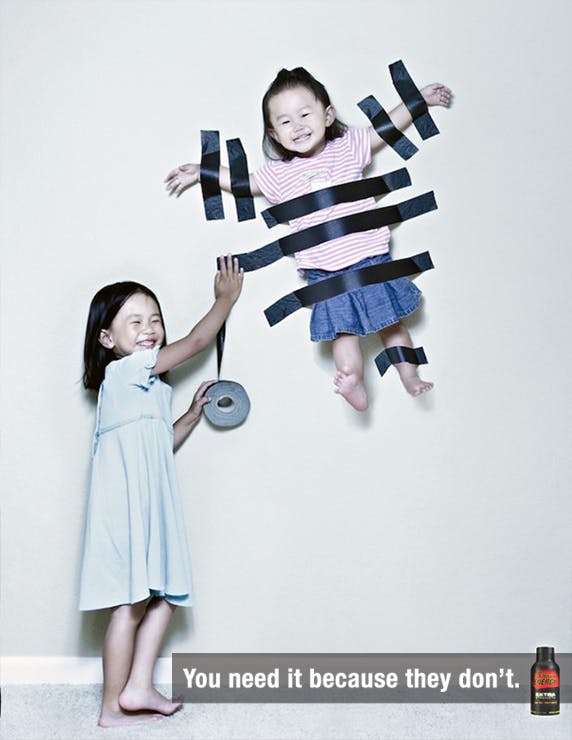
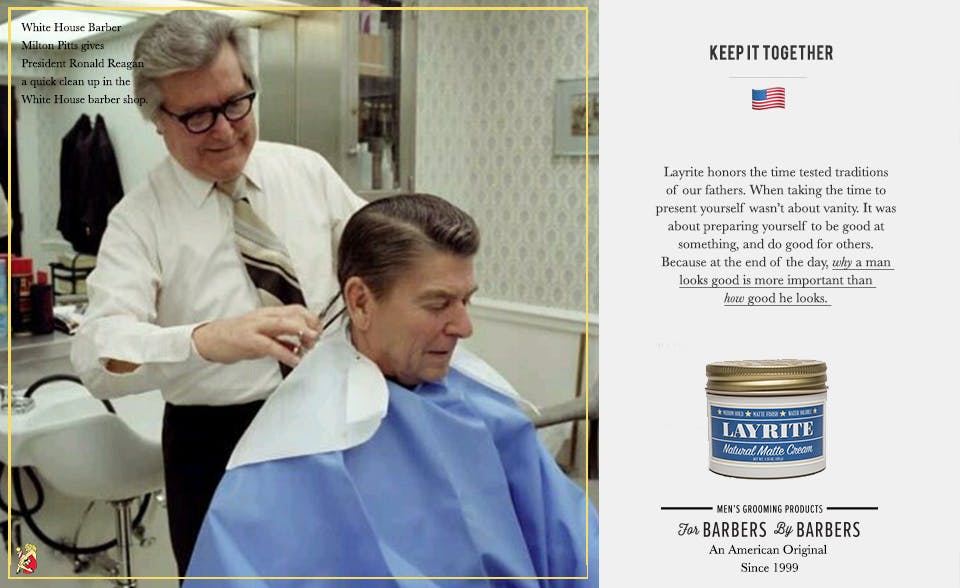
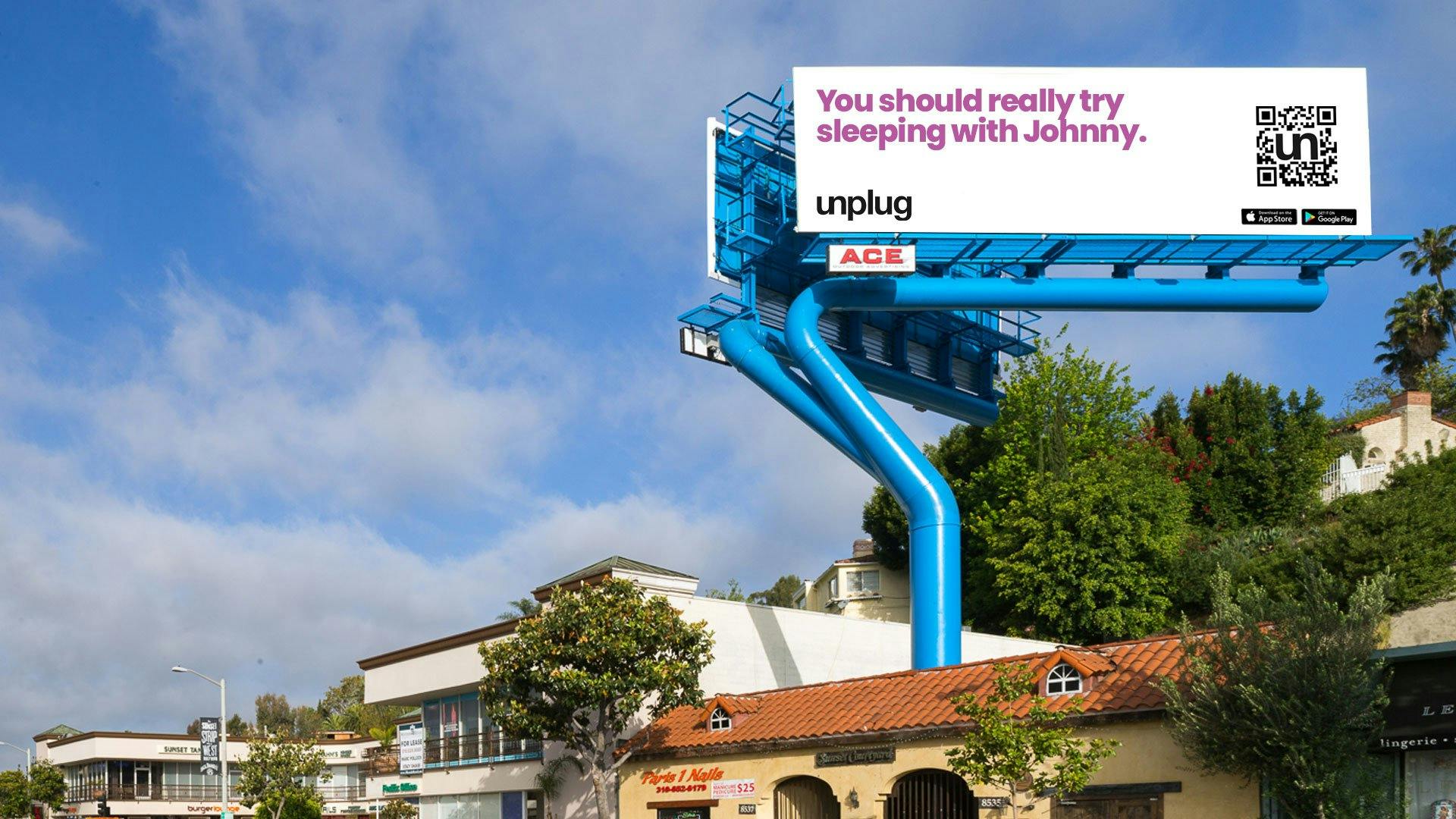
When answering a question, especially when the answer is made to make the reader want to work with you, it's essential for me to frame my response by highlighting my adaptability, continuous curiosity, and the value those two traits have brought to previous projects. Given my extensive experience, here's a structured way to approach my answer:
1. Early Career Insights: I'd start by briefly discussing my early career as an insurance salesman, focusing on my foundational skills and initial insights into human nature and highlighting how these experiences set the stage for your professional growth.
2. Evolution of Skills and Knowledge: Then I'd discuss the key areas where my skills have evolved. This can include my mastery of different types of advertising (brand awareness, direct response), my ability to adapt to changing market trends, and my proficiency in various media platforms (traditional, digital, and social media). As well as my commitment to staying current in a rapidly evolving field, as is evident by my thought leadership on Linkedin.
3. Adaptation to Industry Changes: I'd then double down on the fact that advertising has undergone significant changes in the past two decades, particularly with the rise of digital media and now AI. I'd talk about how you've adapted to these changes, such as by partnering with people outside the industry to embracing new technologies, understanding the shifting consumer behavior, and develop integrated campaigns that bridge traditional and digital media.
4. Leadership and Team Collaboration: But enough about me. It's important to also show that I'm not a lone wolf and that I can get along with others. So I'd break off here to talk about how as a creative director, copywriter 've led teams and collaborated with various departments. I'd also share how my leadership style and collaboration methods have matured, focusing on how to inspire everyone I work with to push for exciting ideas and how I also inspire thousands to do the same as a LinkedIn influencer.
5. Results and Impact: But none of this means anything without proof. So at this point, I'd cite several examples to illustrate the impact of my work. This can include successful campaigns (like for Swagbucks), increased brand recognition for clients (like for Intuit), or measurable improvements in campaign performance (like for Unplug Meditation). This part of my answer showcases my ability to deliver results, which is ultimately what potential clients are interested in.
6. Current Approach and Future Outlook: I'd then conclude by describing my current approach to advertising challenges and my outlook on the industry's future. This can pretty much be summed by saying, I like to approach every campaign I work on as a problem to be solved and am not afraid to offer multiple ways I think that problem can be solved and that it doesn't matter if the solution is an advertising solution or something else. This shows that I'm not just resting on past laurels but am actively engaged in current and future trends.
Obviously, if I knew who was reading this, I would tailor my examples and insights to align with their industry or the challenges they might be facing. Such customization would show that I am not only experienced but also thoughtful and client-focused, increasing their confidence in my ability to add value to their projects. Without knowing that, however, all I can do is respond by showing exactly how would respond to their problem when presented to me. This is how my work has evolved. 3 years ago I would have been afraid to respond this way.
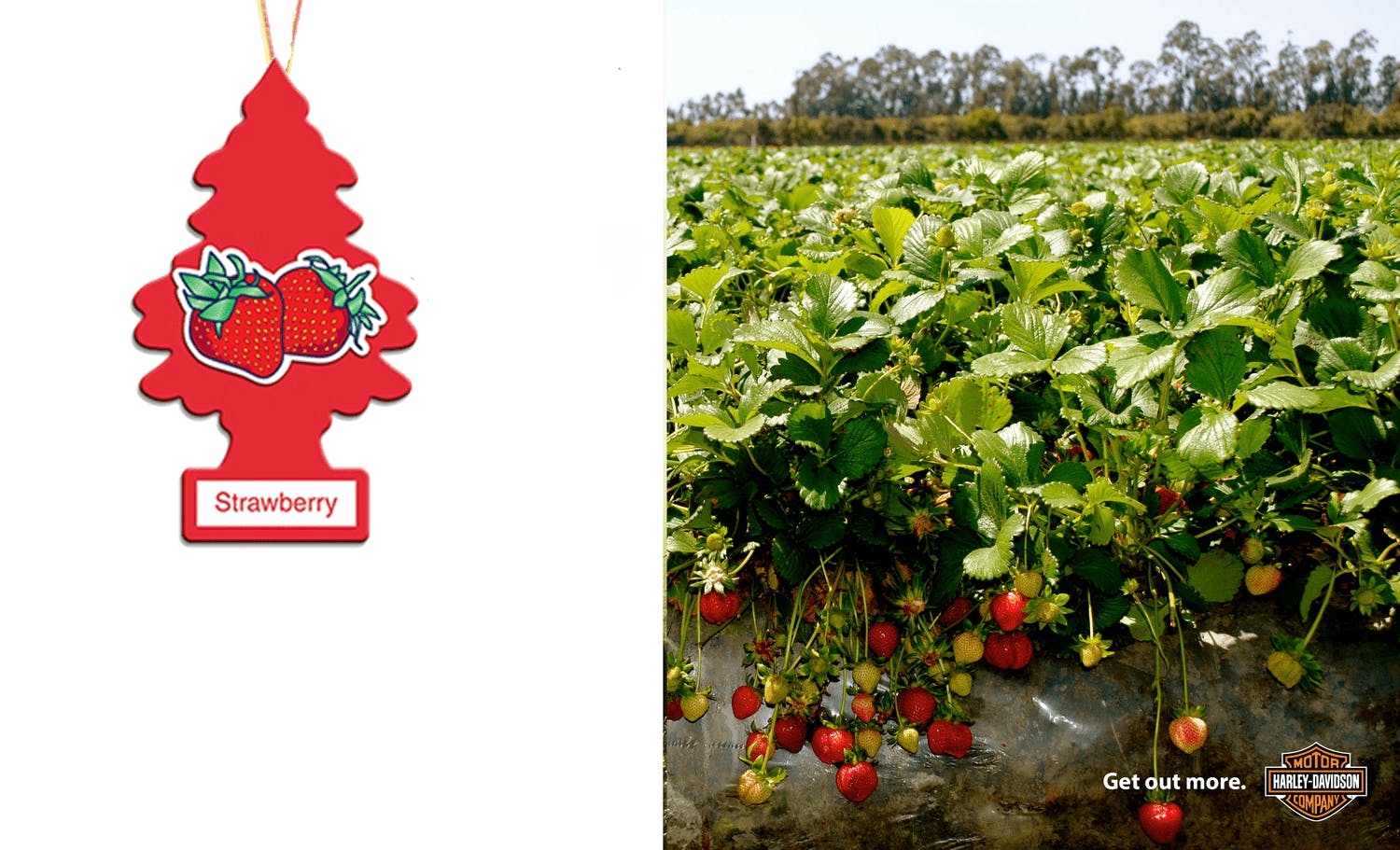
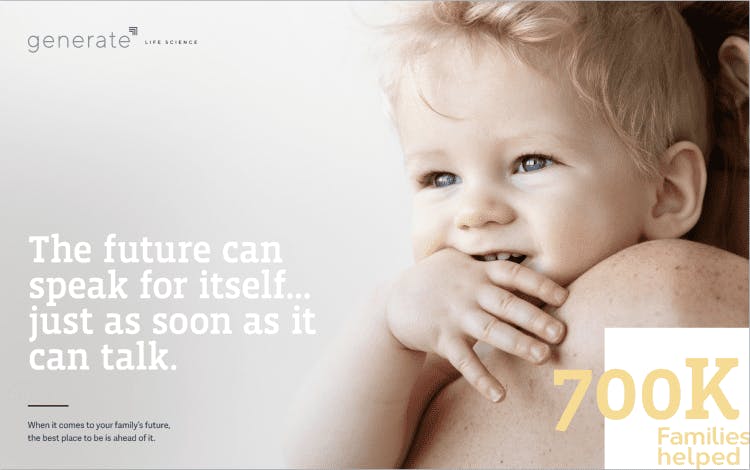
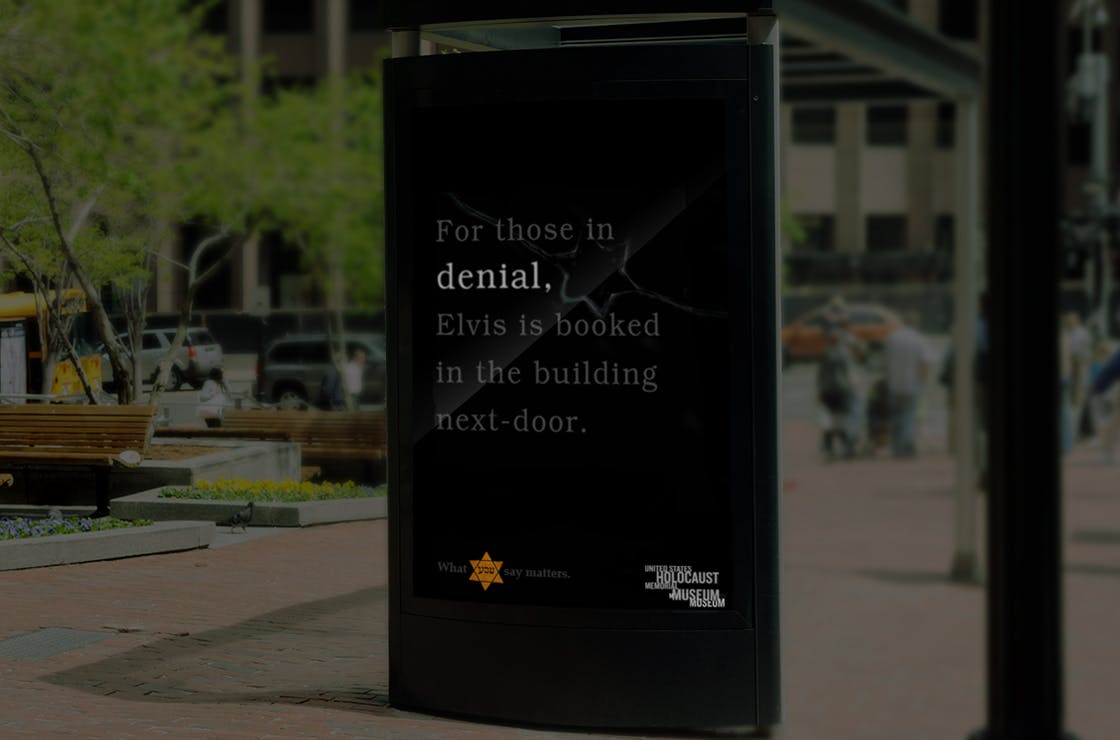
My journey in advertising has been marked by an insatiable curiosity, much like my approach to reading, which I share weekly on LinkedIn through #onebookaweek. When asked about my favorite book, I often say, 'The book I haven't read yet.' This philosophy extends to my professional life as well. When it comes to brands, my favorite is always 'The brand I haven't worked on yet.' This mindset stems from my belief that the greatest creativity often arises from unfamiliarity. Each new brand is like an unopened book – it presents a unique set of challenges and opportunities, and it's this variety that keeps my passion for advertising alive. I thrive as a generalist, not a specialist. My strength lies in bringing a fresh perspective to every project, using a blend of foundational knowledge and an outsider’s insight to uncover innovative solutions. But as strange as it sounds, being a generalist is a skill. Working with diverse brands across various industries has allowed me to hone this versatile skill. It has taught me to be agile and adaptive, quickly grasping the essence of a brand and its audience, regardless of the industry. This versatility has been crucial for my personal growth and instrumental in driving success for the brands I've worked with.
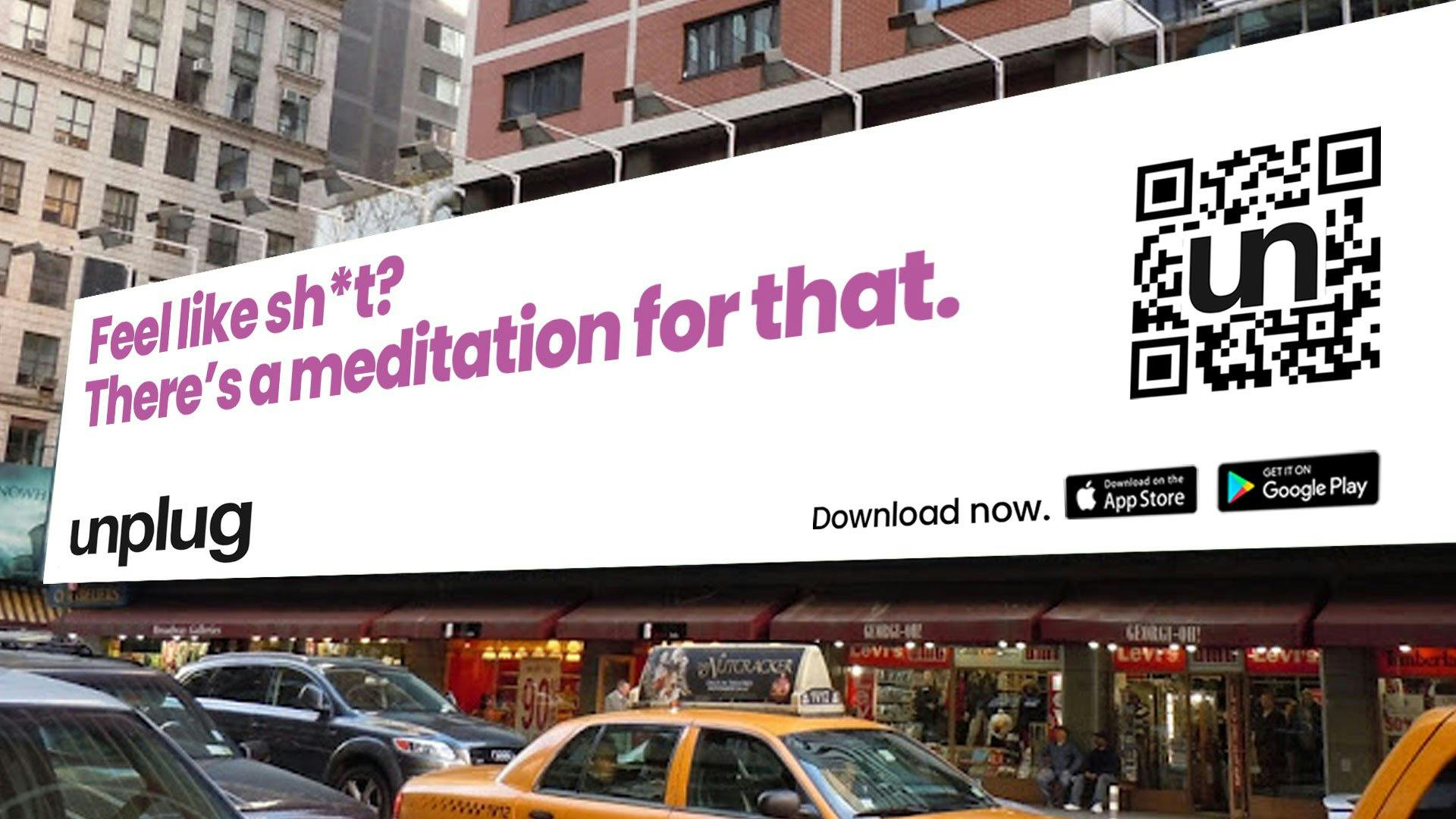
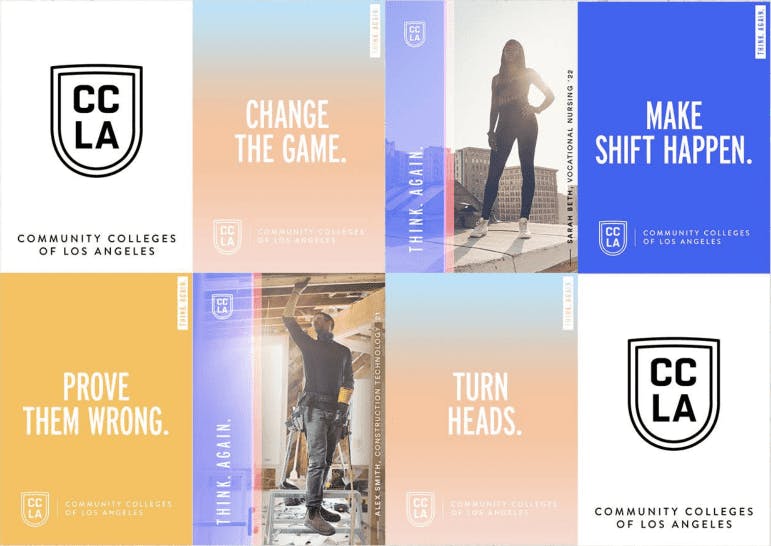
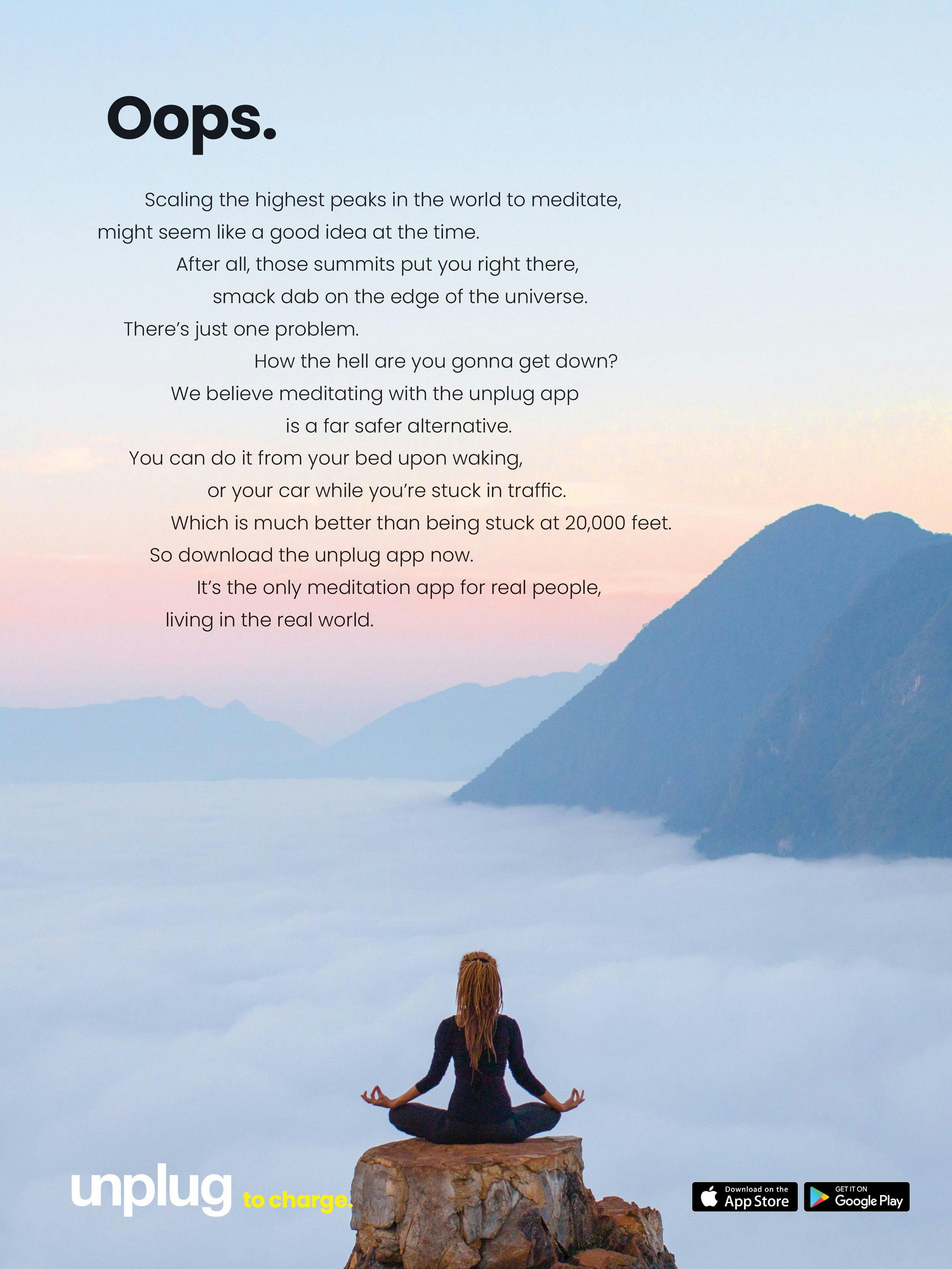
I help brands solve problems by thinking differently. I do that by writing things worth reading or doing things worth writing about. But when a brand will let me, I prefer to do it by doing both. In every campaign, I strive to blend a deep dive into the brand's core values, customer expectations, brand awareness, direct response and human behavior with a more generalist approach to problem-solving. This balance ensures that while the strategies and ideas I bring are fresh and innovative, they are also deeply rooted in human nature and the problem a product or service solves. I prefer to start each project from a blank slate. Preferably, that includes even the media.
One of the first questions I ask anyone I am about to work with is whether it's okay if I come up with ideas that solve their problem that doesn't use the media they intended to use. But if not, then I prefer to start from a blank slate somewhere. I like to focus on discovering the problem and then figuring out how to solve that problem without any preconceived notions or tools. I then like to test my ideas with tweetable headlines and press releases. In other words, I want to see if my idea has legs beyond just advertising. The varied brand experience has also enriched my creative process. I've learned to draw parallels and insights from one industry and advertising discipline and apply them in another, often leading to breakthrough ideas that resonate with audiences in unexpected and impactful ways. In summary, my experience with varied brands has been a journey of continuous learning and creative exploration. The diversity of these experiences fuels my creativity, allowing me to approach each new brand with enthusiasm and a fresh perspective, ready to uncover the next great idea.
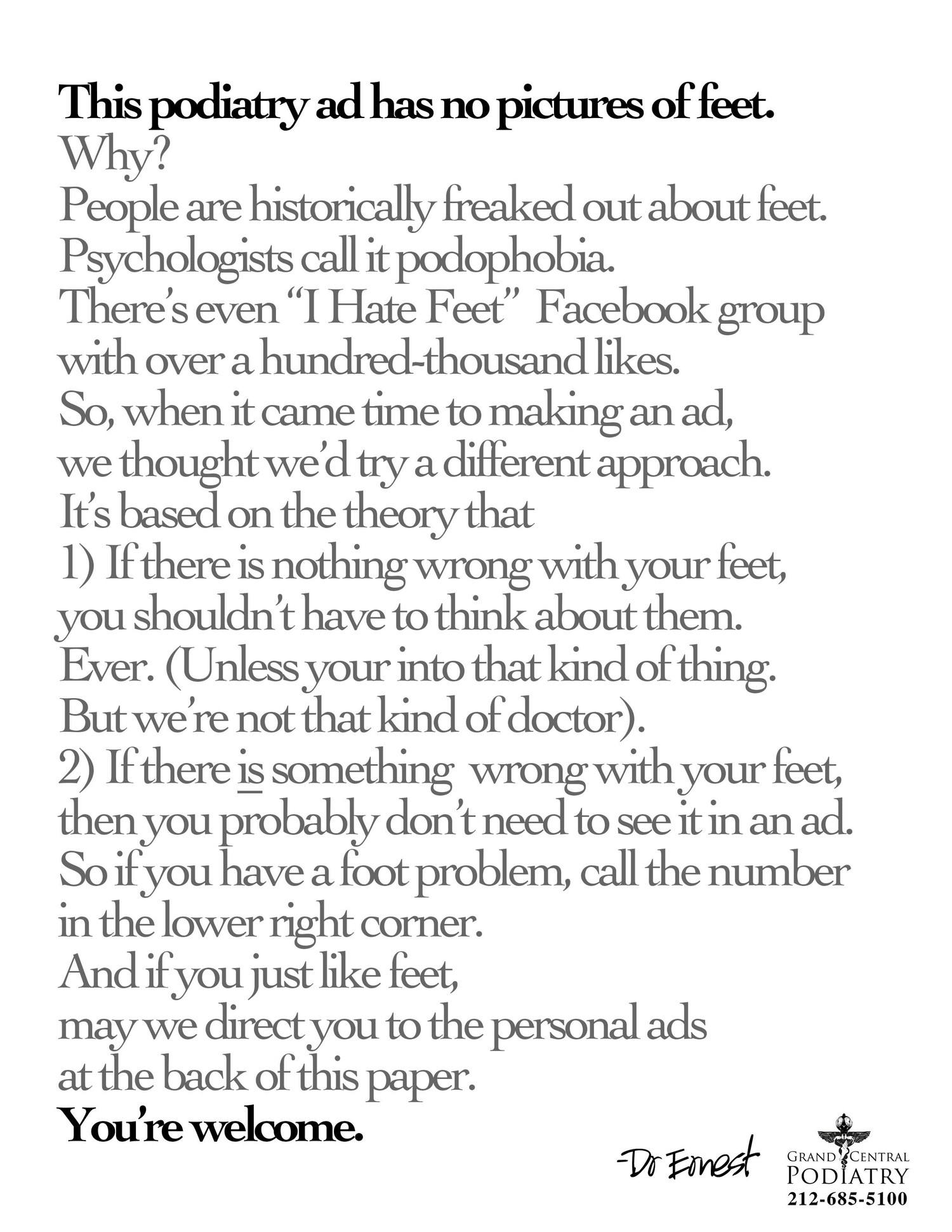
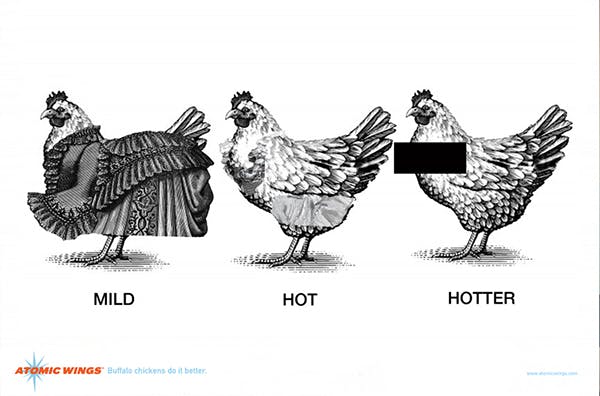
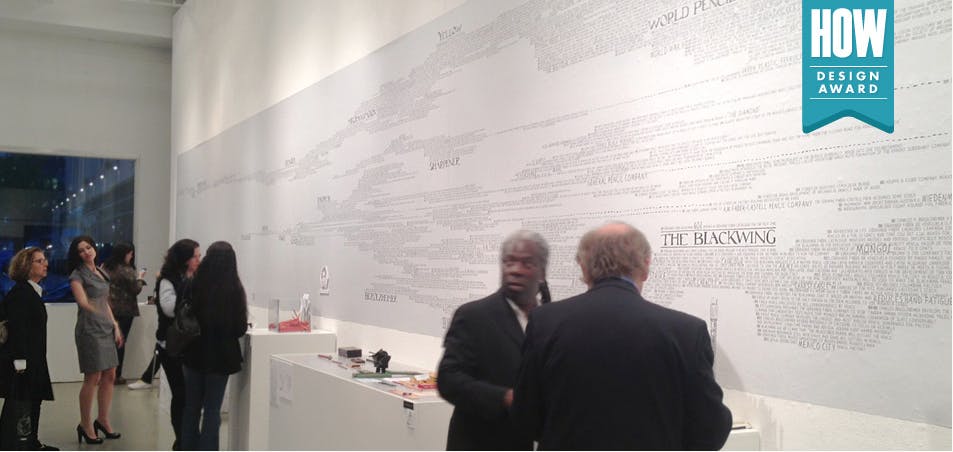
Before answering that question, I must explain my philosophy about creating Brand Identities.
With the exception of perhaps logos and color, I don't believe in creating brands (whether messaging or identity) before creating the advertising and marketing. And by that I mean I don't believe in creating brand identity and messaging in order to create the advertising and marketing. I don't believe good branding creates good marketing and advertising. I believe good advertising and marketing create good brands. This means that understanding your target audience is very important when creating your brand identity because understanding your target audience is very important to creating good marketing and advertising.
That being said, I should also point out that I believe that focusing on psychographics is much more important than focusing on demographics. If, however, by brand identity you are talking about the logo and colors, etc then my answer is actually pretty indifferent. If you study the best brands in the world you will actually notice that the logo, colors seven the name often have very little to do with the actual product. My favorite example of this is Starbucks. What does the name Starbucks have to do with Coffee? What does a Two-Tailed Mermaid (their logo) have to do with Coffee? The same can be said of Apple, which Steve Jobs named after coming back from an Apple Orchard. For me, the best brand identity strategy is to create a brand identity with a distinct asset. That often means something that has nothing directly to do with the product or service being offered. The reason why I am torn is that I am unsure if that distinct asset should be influenced by the target demographic or not. Some of the best brands picked their distinct asset identity randomly. Some were subconsciously influenced by the target audience.
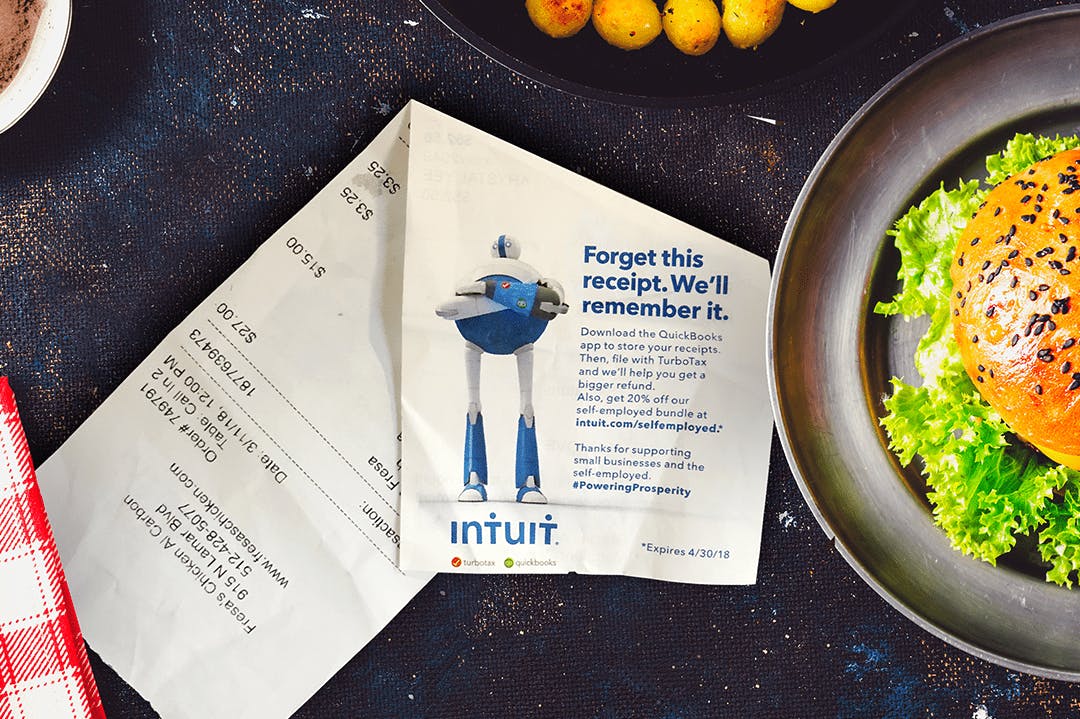
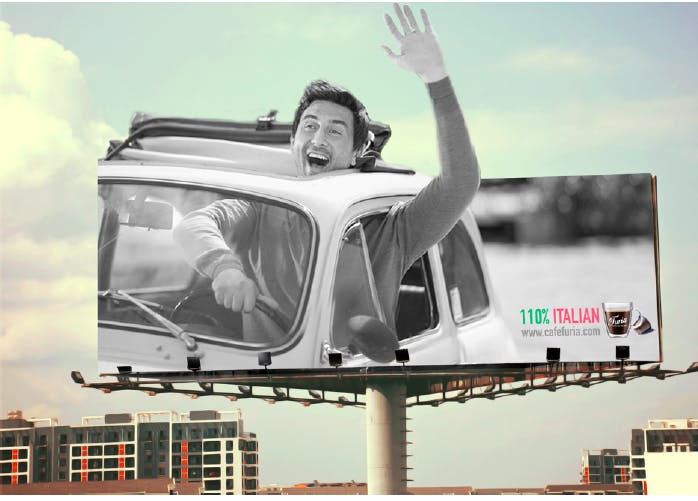
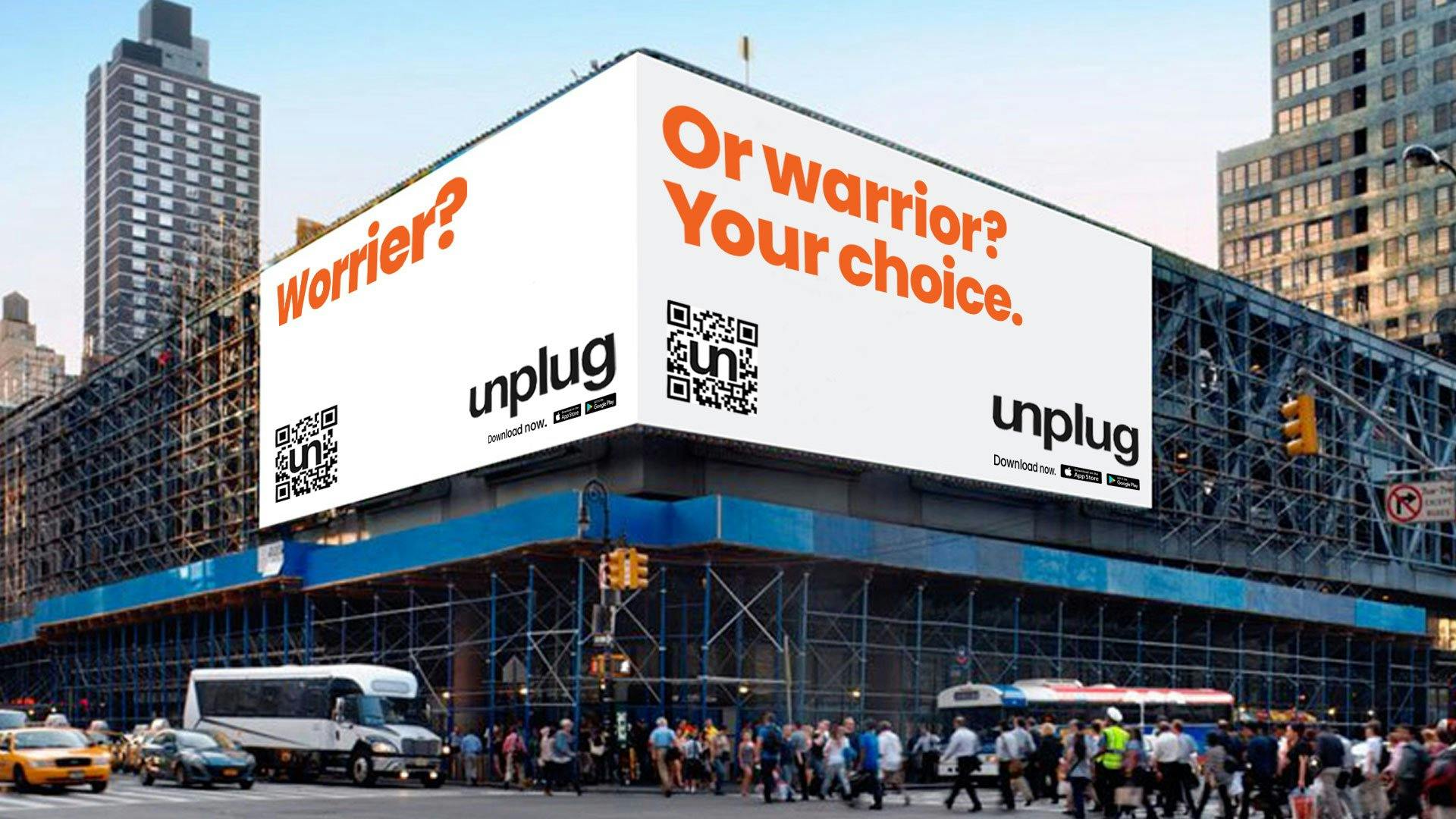
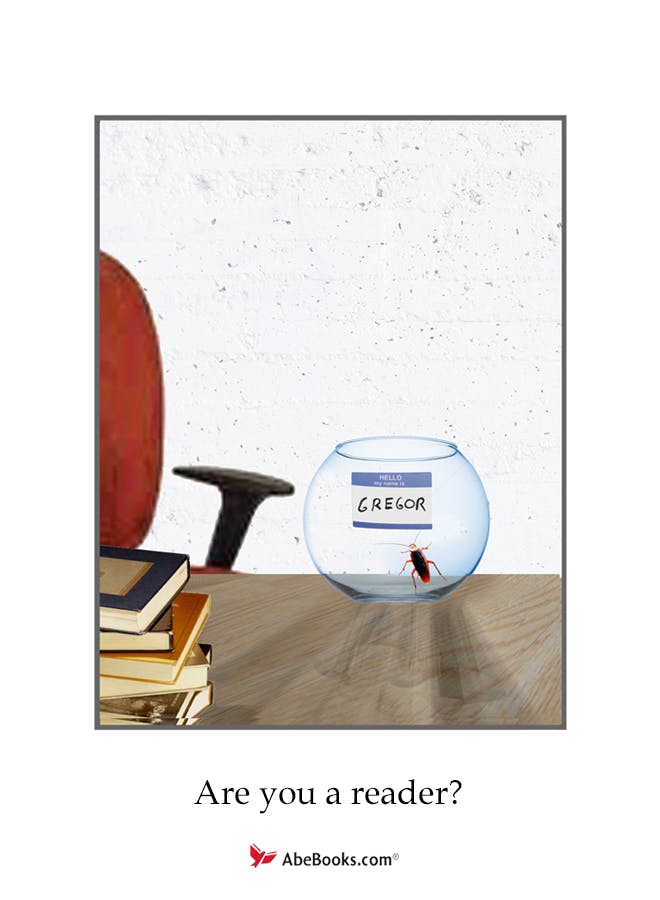
For most people, creative direction is something you fall into or are promoted into rather than something you are interested in. But I've always been interested in it because I've always liked the idea of mentoring and teaching. For two reasons
1. I love helping people by helping them help me.
2. The best way to learn is to teach.
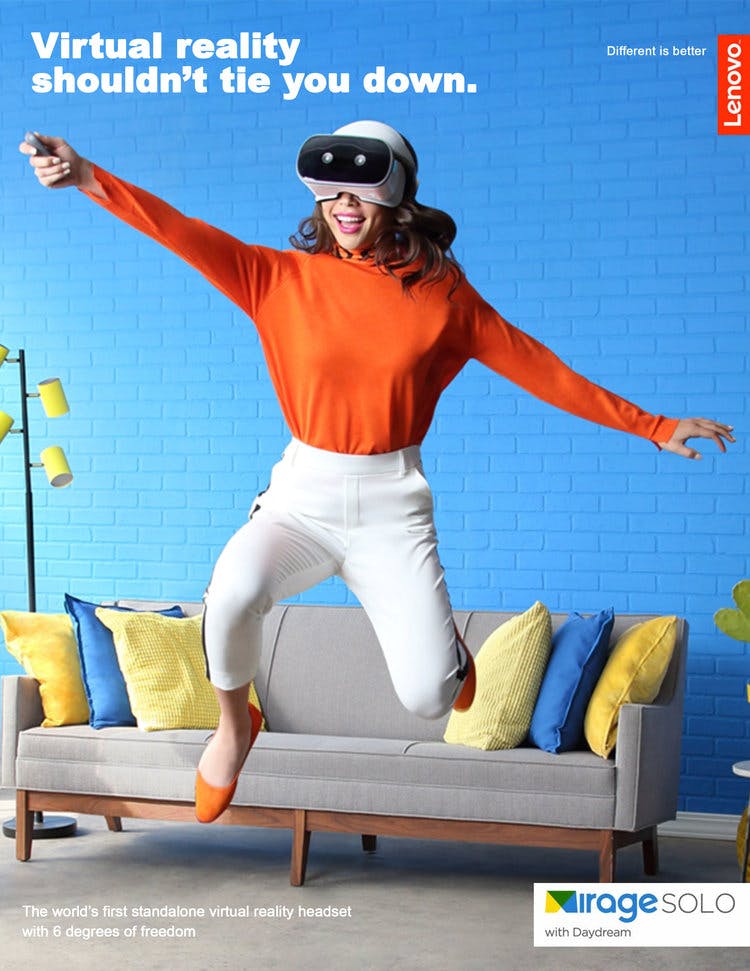
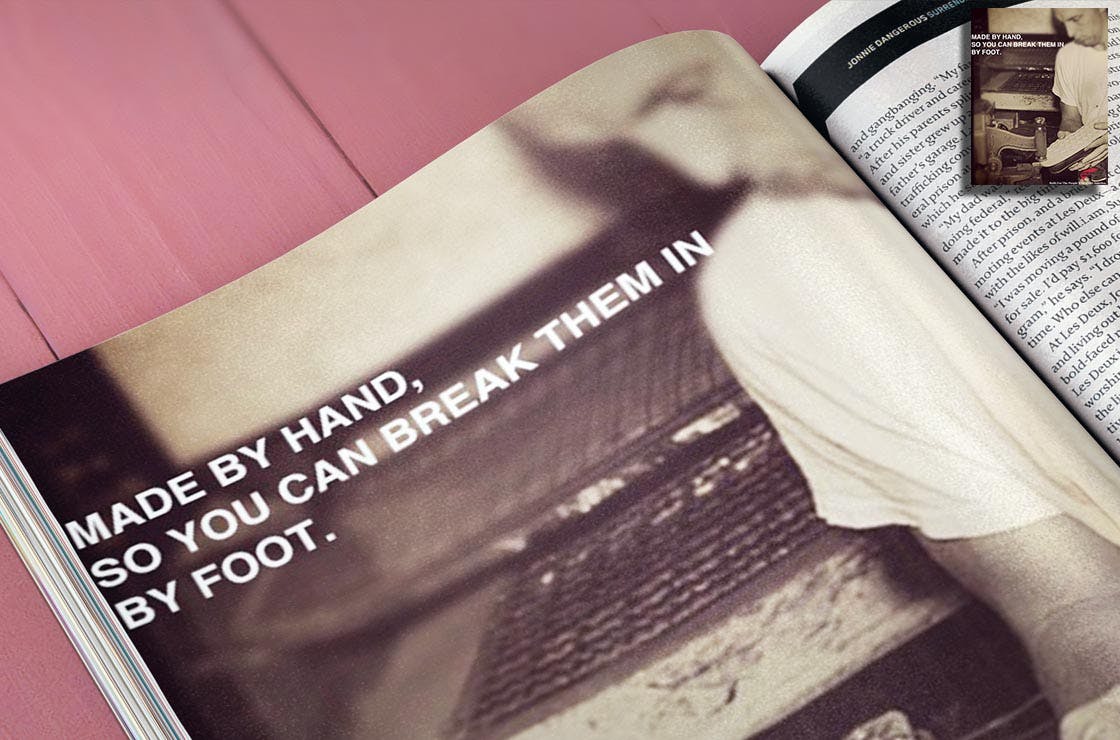
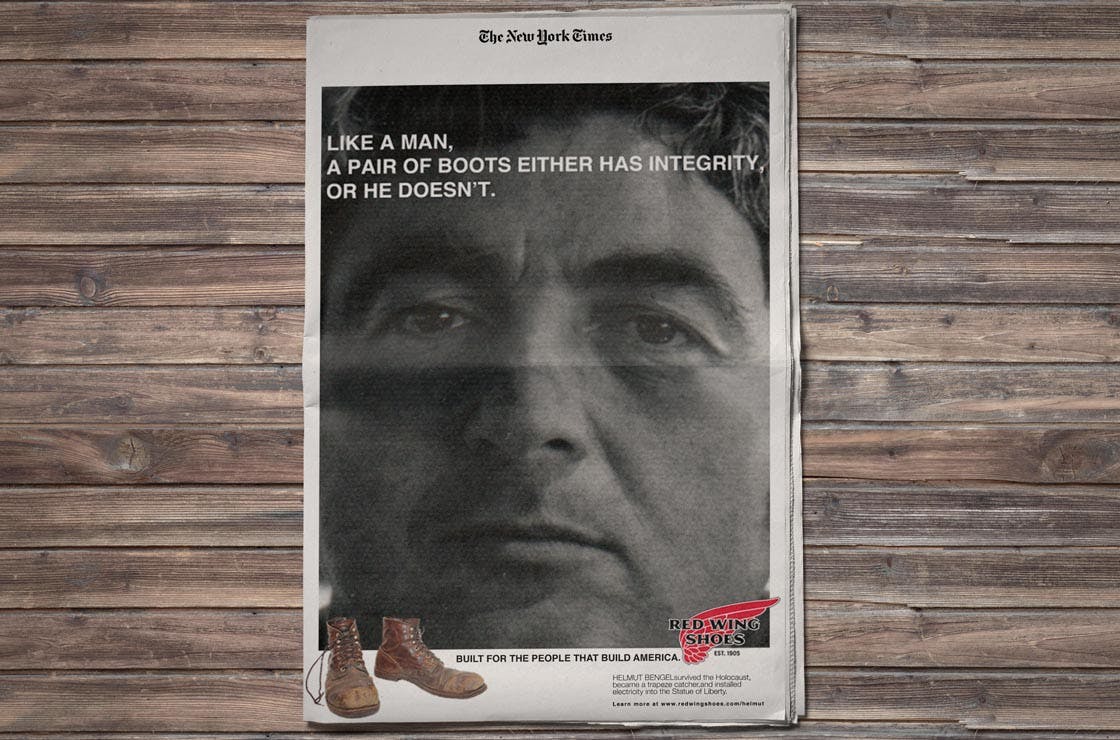
I help brands solve problems by thinking differently. I do that by writing things worth reading or doing things worth writing about. But when a brand will let me, I prefer to do it by doing both. In every campaign, I strive to blend a deep dive into the brand's core values, customer expectations, brand awareness, direct response and human behavior with a more generalist approach to problem-solving.
This balance ensures that while the strategies and ideas I bring are fresh and innovative, they are also deeply rooted in human nature and the problem a product or service solves. I prefer to start each project from a blank slate. Preferably, that includes even the media. One of the first questions I ask anyone I am about to work with is whether it's okay if I come up with ideas that solve their problem that doesn't use the media they intended to use. But if not, then I prefer to start from a blank slate somewhere. I like to focus on discovering the problem and then figuring out how to solve that problem without any preconceived notions or tools.
I then like to test my ideas with tweetable headlines and press releases. In other words, I want to see if my idea has legs beyond just advertising. The varied brand experience has also enriched my creative process. I've learned to draw parallels and insights from one industry and advertising discipline and apply them in another, often leading to breakthrough ideas that resonate with audiences in unexpected and impactful ways. In summary, my experience with varied brands has been a journey of continuous learning and creative exploration. The diversity of these experiences fuels my creativity, allowing me to approach each new brand with enthusiasm and a fresh perspective, ready to uncover the next great idea.

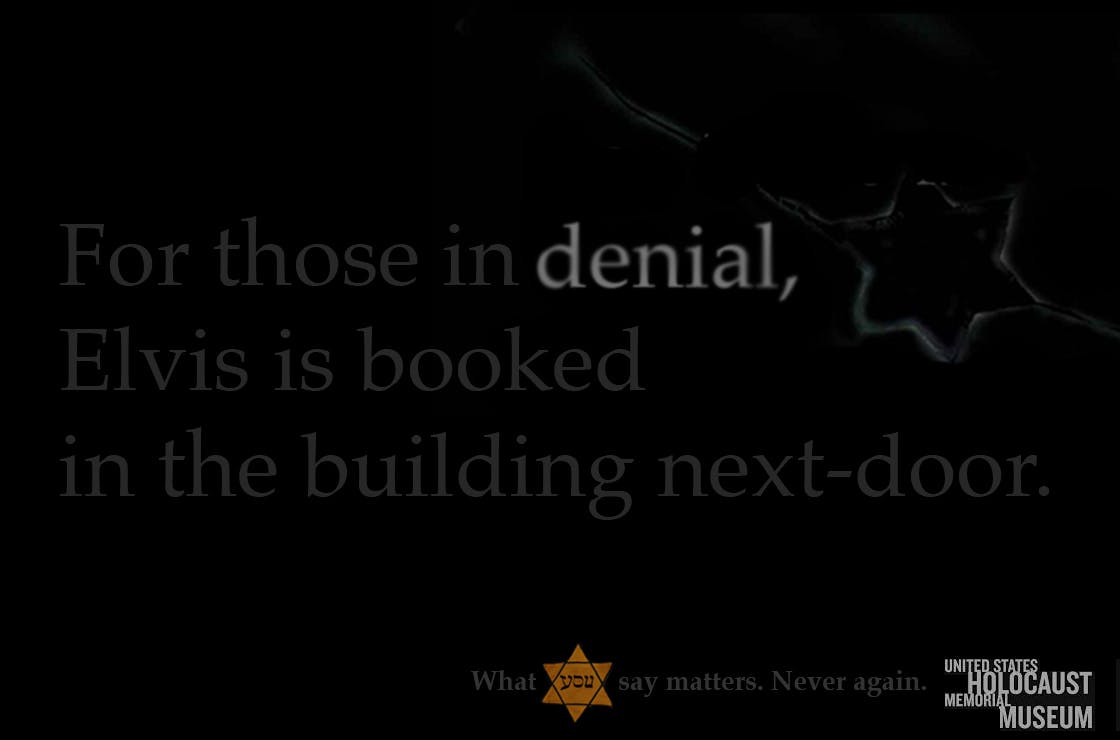
I think it's very interesting to be asked that question. In the past, that question would never have to be asked. Everything was centered around the US. But it is becoming more evident every day that the US is not the cultural leader it used to be. I think my statement here pointing this out tell you everything you need to know about what it's like being a creative in the US,
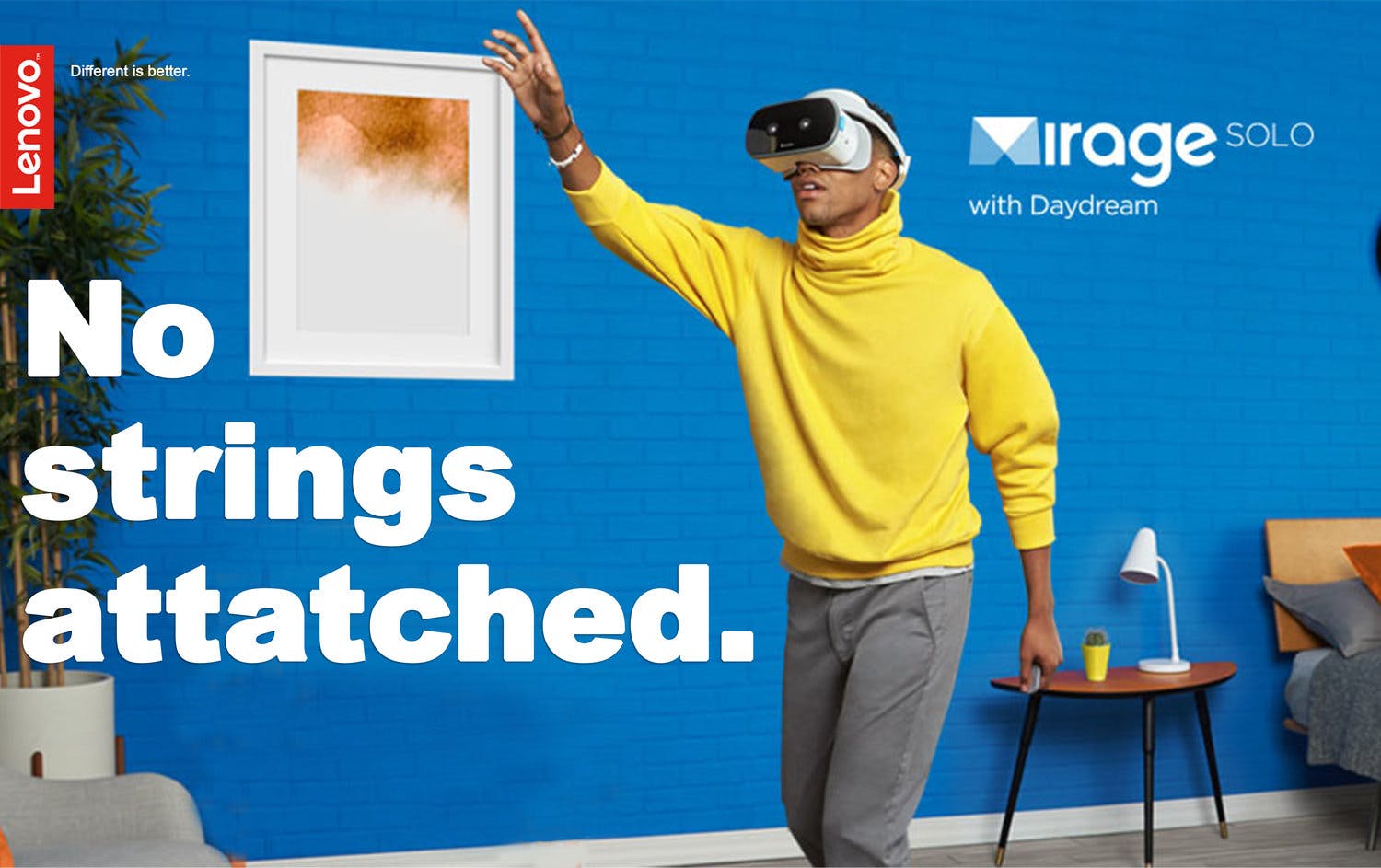
As I have long maintained, 'the medium is the message.' Ever since I first heard this McLuhanesque principle in college, it has been the cornerstone of my understanding of media and its influence on people and society. In the realm of advertising, this idea takes on a profound significance. The evolution of my creative process in advertising is intrinsically tied to the evolution of the media landscape itself. In the era dominated by print media, the creative process in advertising was molded by the characteristics of the written word. Print, with its linear and sequential nature, required a direct and clear approach. The message in print advertising was crafted for intellectual engagement, appealing to the reader's rationality and logic.
The creativity was channeled into making the most of textual clarity and visual simplicity, within the space constraints of the printed page. The advent of broadcast media, particularly television, introduced a different dynamic. Television, with its audio-visual capabilities, shifted the focus from the directness of print to the power of resonance and sensory engagement. The creative process in television advertising had to account for the immediacy and immersive nature of this medium. It was less about laying out a linear argument and more about creating an experience, an atmosphere that resonates emotionally with the viewer. This demanded a more nuanced and multi-layered approach to creativity, where the message was conveyed not just through words but through a symphony of visuals, sounds, and narratives. However, as the digital revolution took hold, the landscape of media and, consequently, advertising underwent a seismic shift. The internet and social media platforms have transformed not just how messages are delivered but also how they are received and interacted with by audiences.
This shift from passive consumption to active engagement has fundamentally altered my creative process. In this new era, where the medium is interactive, fragmented, and highly personalized, the message too has evolved. It's no longer just about crafting a one-way narrative. Instead, the focus is on creating experiences that engage, provoke, and involve the audience. The message is now about participation and interaction. This requires a deeper understanding of not just the audience's demographics, but their behaviors, preferences, and even their digital journey. My creative process has become more experimental, more attuned to the nuances of digital media. It's about understanding the language of hyperlinks, the narrative potential of interactive videos, and the community-building power of social media. The process is iterative, data-driven, and continuously evolving. In this digital age, where each medium brings its own language and set of possibilities, the message is increasingly about the experience created by the interaction between the audience and the medium.
The creative process in advertising is now a complex, dynamic interplay between message, medium, and audience, each influencing and shaping the other in an ongoing dialogue. So, as the dominant medium has changed, so has my approach to creativity in advertising. It's an exciting, challenging time to be in this field, and I look forward to continuing to explore and understand the ever-evolving relationship between the medium, the message, and the audience."
Working with a financial institution like Chase is exactly the kind of challenge I like. A regulated industry that wants to find ways to do things differently. They said no to a lot of stuff. But they wanted to see a lot of stuff. And then the stuff they said yes to was fantastic.
